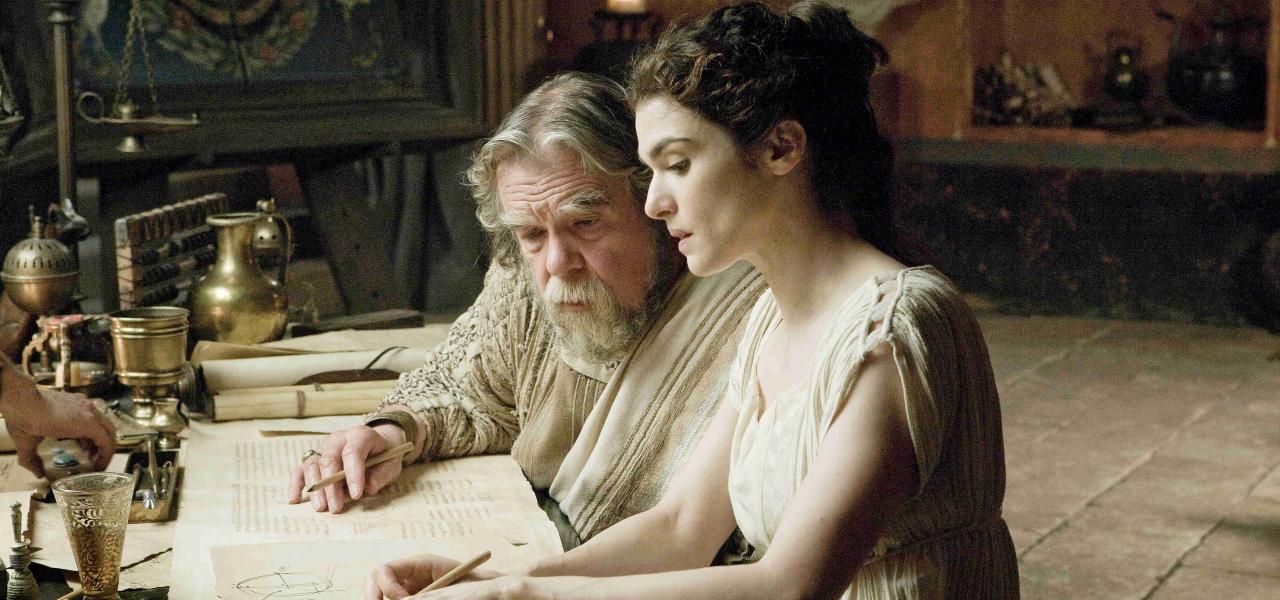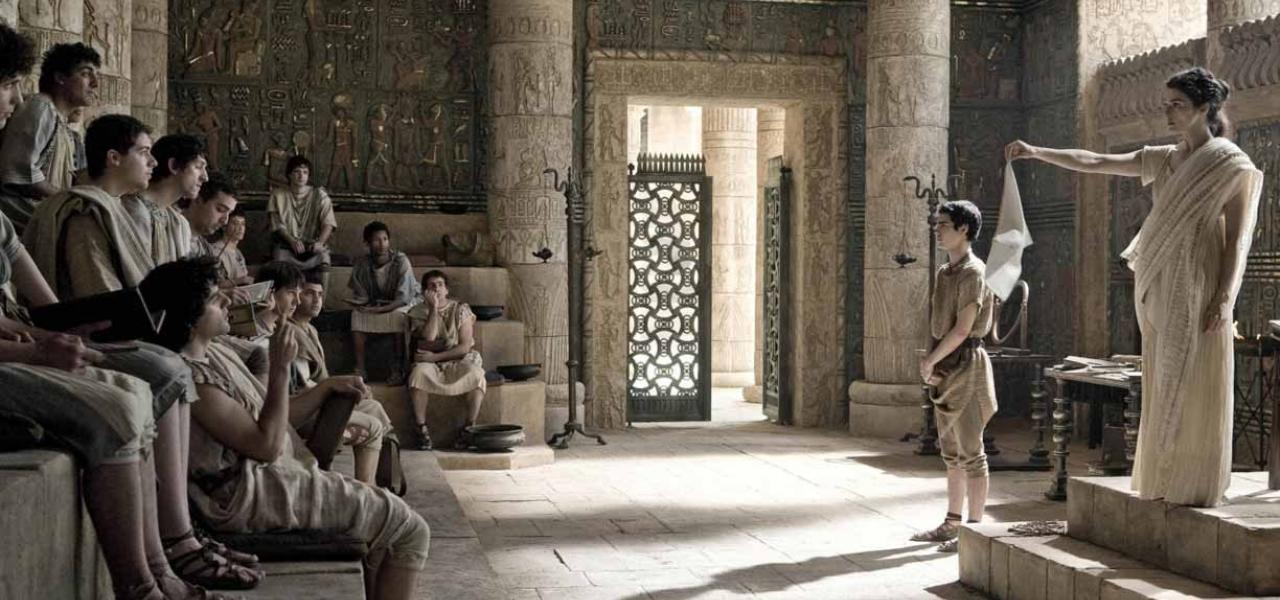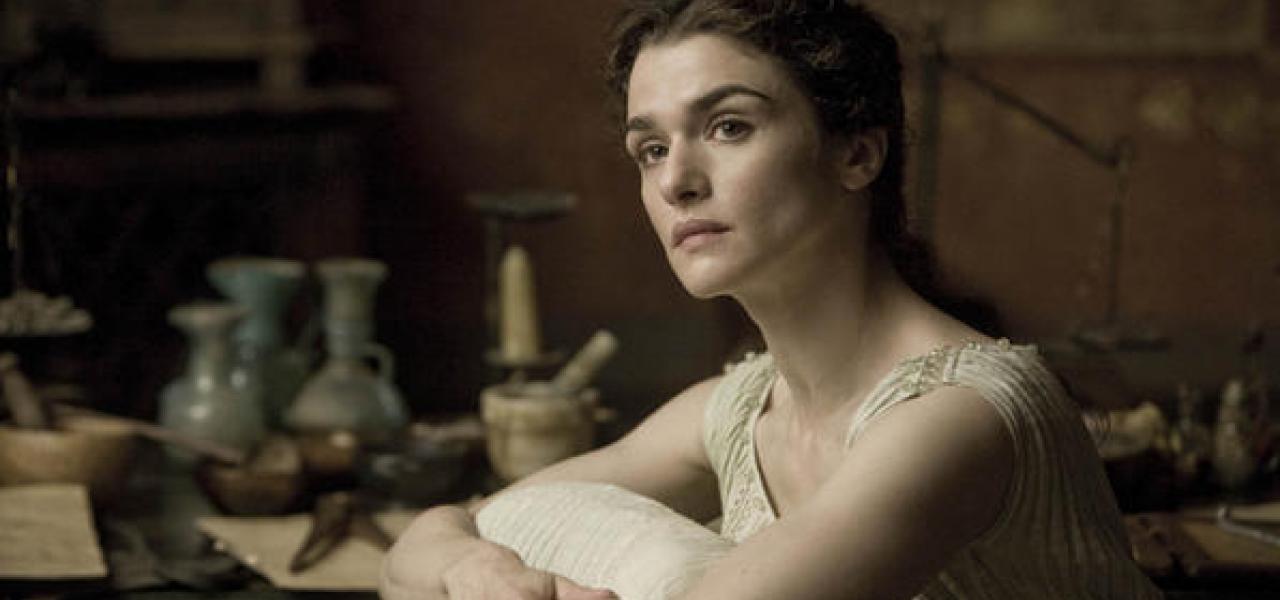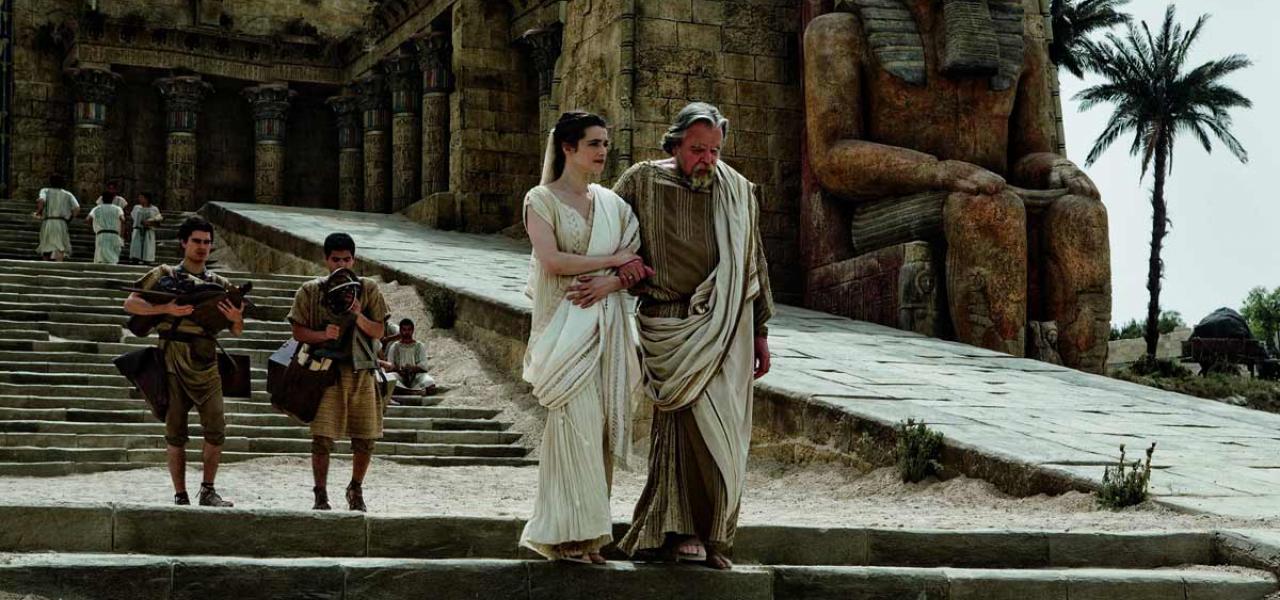Art as spiritual food
Through the prism of : the film Agora
The 2009 Spanish English-language filmAgora was filmed on the island of Malta but is set as historical fiction in Alexandria in the late 300s and early 400s. It is a seminal moment when classical paganism is eclipsed by the rise of Christianity - now the official religion of the empire. Agora is loaded with interfaith themes and deals with struggle between science and religion. It follows the story of Hypatia, a gifted teacher of Neoplatonic philosophy and astronomy - an actual historical woman; striving to describe an heliocentric model of the cosmos, whilst persecuted and eventually killed by the prevailing religious worldview. It is interesting that a primary literary work inspiring the idea for the film seems to have come from Carl Sagan, whom we encountered in reference to source literature for Contact. A few caveats. The film probably has an anti-Christian bias, but this is not so unpalatable when it is appreciated that its key message is the danger of fundamentalism, wherever and in whatever form this is found. Rachel Weisz, who gives a stunning performance as Hypatia, has made this point publicly. She also remarked that the continuing treatment of women as second-class citizens in places, and their being deprived of an education, means that Agora has an additional contemporary relevance. From the action set of Alexandria near the Nile delta, where questionably rational humans audibly squabble in the agora, the camera repeatedly zooms out to take in the silent magnificence of the earth in space. This perspective seems to diminish the theological significance of fourth century quarrellers - most of whom are flat-earthers - and speaks to us today across 16 centuries. It also underscores the serenity and altitude of Hypatia’s mind which rises above the tendentious squabble to contemplate celestial harmonies under universal law.Another caveat is that this historical fiction is both historical and fictional. Hypatia is historical. So is the key figure of Cyril, Bishop of Alexandria; and his uncle Theophilus who preceded him in public office. The ‘big ideas’ people really define this moment of interfaith conflict. But there are many unhistorical elements. For example : the Christian mobs did not burn the library scrolls of the Serapeum (pagan temple to Osiris etc.) at this juncture; nor did they stone Jews at the theatre as depicted. Perhaps too much is made of Cyril’s condemnation of Hypatia’s teaching because she was a woman : he reads a biblical epistle supporting the subjugation of women to men as a direct inditement of Hypatia who bossed and instructed a whole band of male students. Yet it makes gripping drama - like the fictional tale, The Da Vinci Code. It is also questionable whether Hypatia, steeped in the thought of Plato and Ptolemy, was quite as unaccommodating of religion as she is depicted. For all her brilliance, no-one is seriously suggesting that Hypatia beat Copernicus to the heliocentric model that replaced Ptolemy’s geocentric one (anyway, before her, Aristarchus had first suggested the sun was the centre of the solar system); still less is anyone suggesting that she beat seventeenth century Kepler to the discovery of elliptical orbits. Hypatia is celibate, above the passions, devoting her intellect to higher matters. Yet she is surrounded by love-sick students. Davus, a slave, becomes a Christian, partly to be free of slavery; he returns to protect her from the mob in the end. Orestes, another student, pined for her hand before he was elevated to prefect of Alexandria. She dropped on him a cloth soaked in her menstrual blood to deglamourise his romantic ardour. Orestes also does his best to buffer her from Cyril. Another student, Synesius, becomes Bishop of Cyrene and tries to intercede for her. Though these followers become Christian, they maintain their loyalty to her and each other. Such was the high moral influence she exerted. More Christian than the Christians, one might say. For the Christian faith, what a poignant moment. It was now the official religion of the Roman empire. Paganism had lost its grip on power. The influence of Bishop Cyril, the “seal of the Fathers” , was felt enormously at a central two of the seven great ecumenical councils that defined orthodox doctrine for Christianity throughout the centuries : the Council of Ephesus and the Council of Chalcedon. He is remembered for his determination and exactitude and for championing the Alexandrian stream of Christology - which today conditions what the vast majority of Christians believe.
Carl Sagan and the Dalai Lama discussing space, time and the universe. 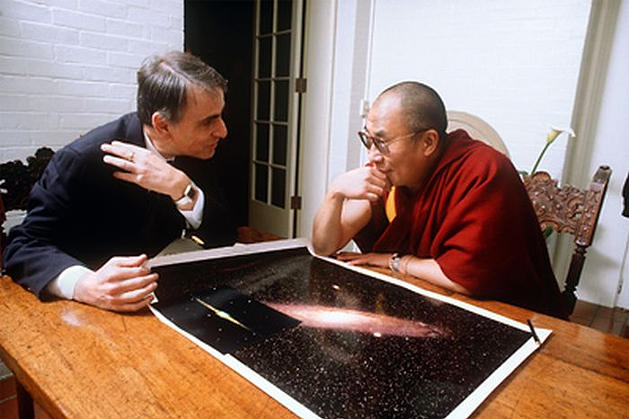
Copyright Thomas Kadmon

